Smart buildings
A smart building is a building that monitors the use of the building with innovative technology and offers the maximum comfort to the user. The Internet of Things (IoT) solutions by SWYCS help to make buildings efficient in its use.
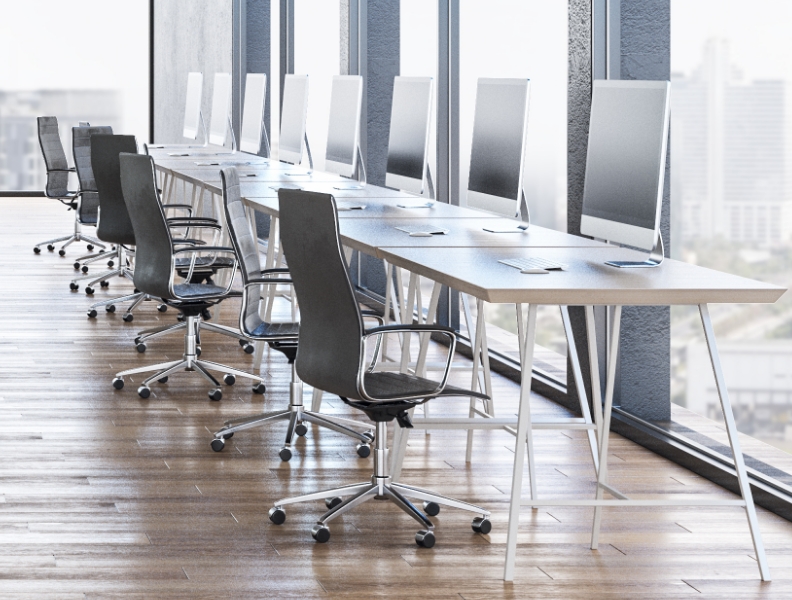
The characteristics of a
smart building by SWYCS

Comfort and welfare
Comfort and welfare of people inside a building are important parts of the ‘smart building’ concept. Next to ambient noise, the quality of air, water and light are important elements for a good feeling during the work day and contribute to a good night’s sleep. Collecting office waste in a smart way contributes to a sustainable waste collection process and hygiene on the work floor. This promotes an enjoyable and healthy workday! Sensors are an important source of information for this.
Insight
The SWYCS-DTS V3 software in the shape of a web portal and mobile app ensures that the building is visible in the software, a so-called Digital Twin. From here, building installations and equipment can be monitored and managed. There is also insight in environmental characteristics such as building-, room-, and workplace occupancy, these can also be managed. This makes it possible to fulfill all demands of the comfort and welfare, as well as the optimal performance of building installations and equipment.


Connecting and integration
Through integration with timetabling software, Outlook, Google Calendar, and specific reservation software, workplaces and (meeting) rooms can be reserved directly and centrally. Sensors monitor the relevance of these reservations and, in case of a no-show, reservations are automatically cancelled and processed in the underlying systems.
Through integration with building management systems, it becomes possible to optimize air quality and energy use based on building occupancy. Lighting can also be controlled more efficiently to avoid unnecessary energy consumption. Integration with other systems such as lighting systems and access control systems ensure that a workplace is automatically provided with every comfort when an employee starts his or her day. The desired temperature and light intensity are set automatically.
Maps
Quick insight in available meeting rooms and workplaces through visualization of maps. In addition, working together becomes easier by seeing at a glance where your co-workers are.

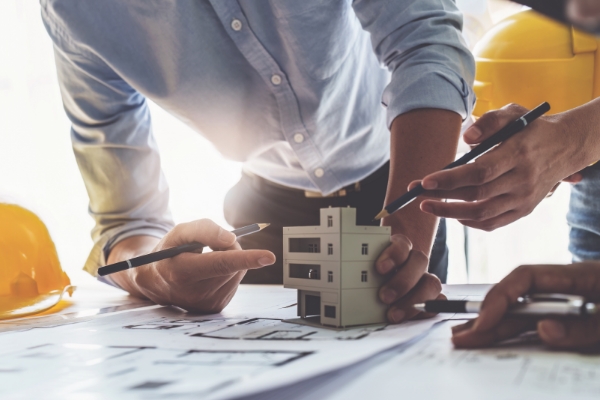
Future-proof
With the energy management solutions by SWYCS, buildings become energy efficient, future-proof and sustainable. Through the efficient use of energy inside of buildings, a clear insight is gathered of the energy flows and unnecessary energy usage can be avoided. Next to that, CO₂ emissions of buildings becomes smaller, which is beneficial in lowering the CO₂ footprint.
Reports
With the extensive report functionality, every report can be generated. Reports can be created and sent periodically and automatically. Through integration with Outlook, Google Calendar and other specific booking software, you are able to report on things such as occupancy and use versus room capacity and the occupancy and use versus planning.

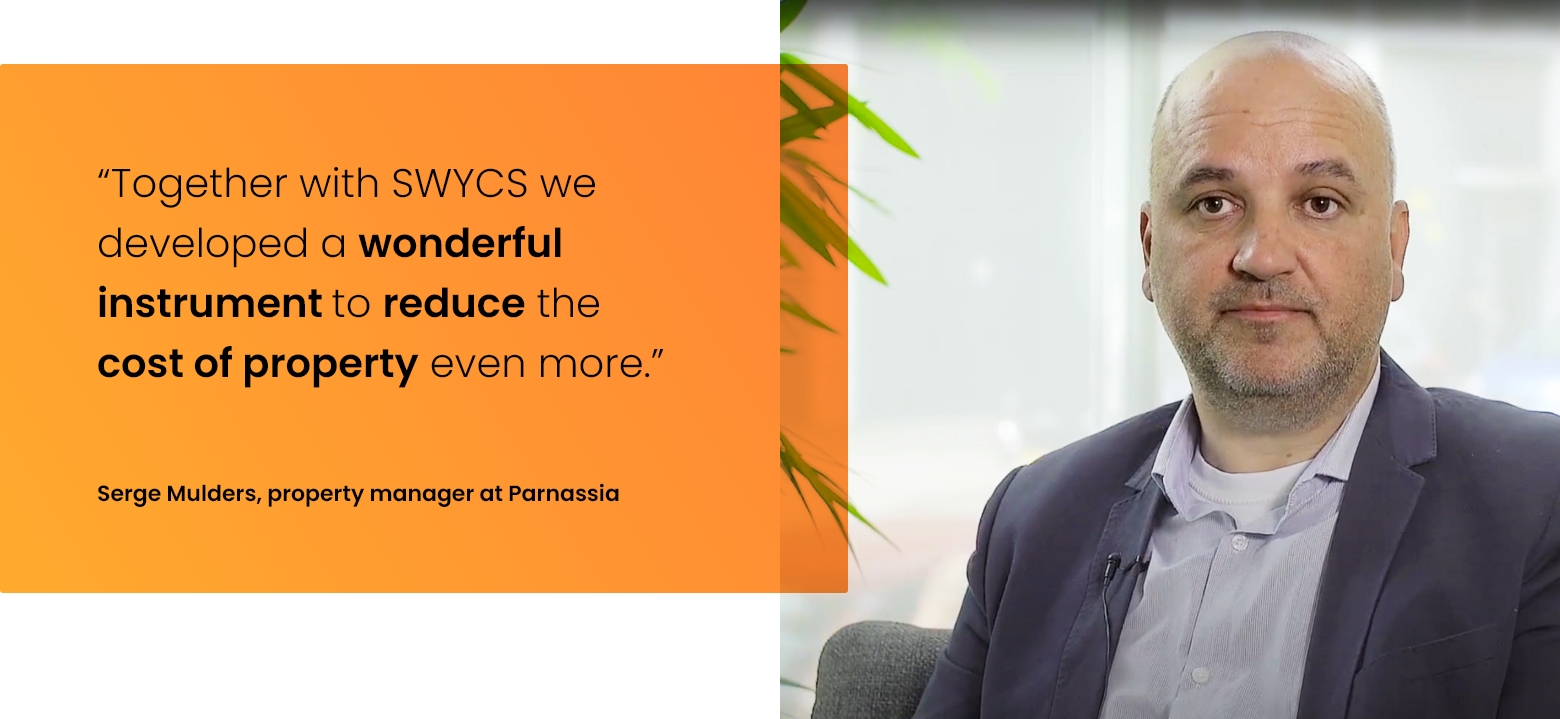
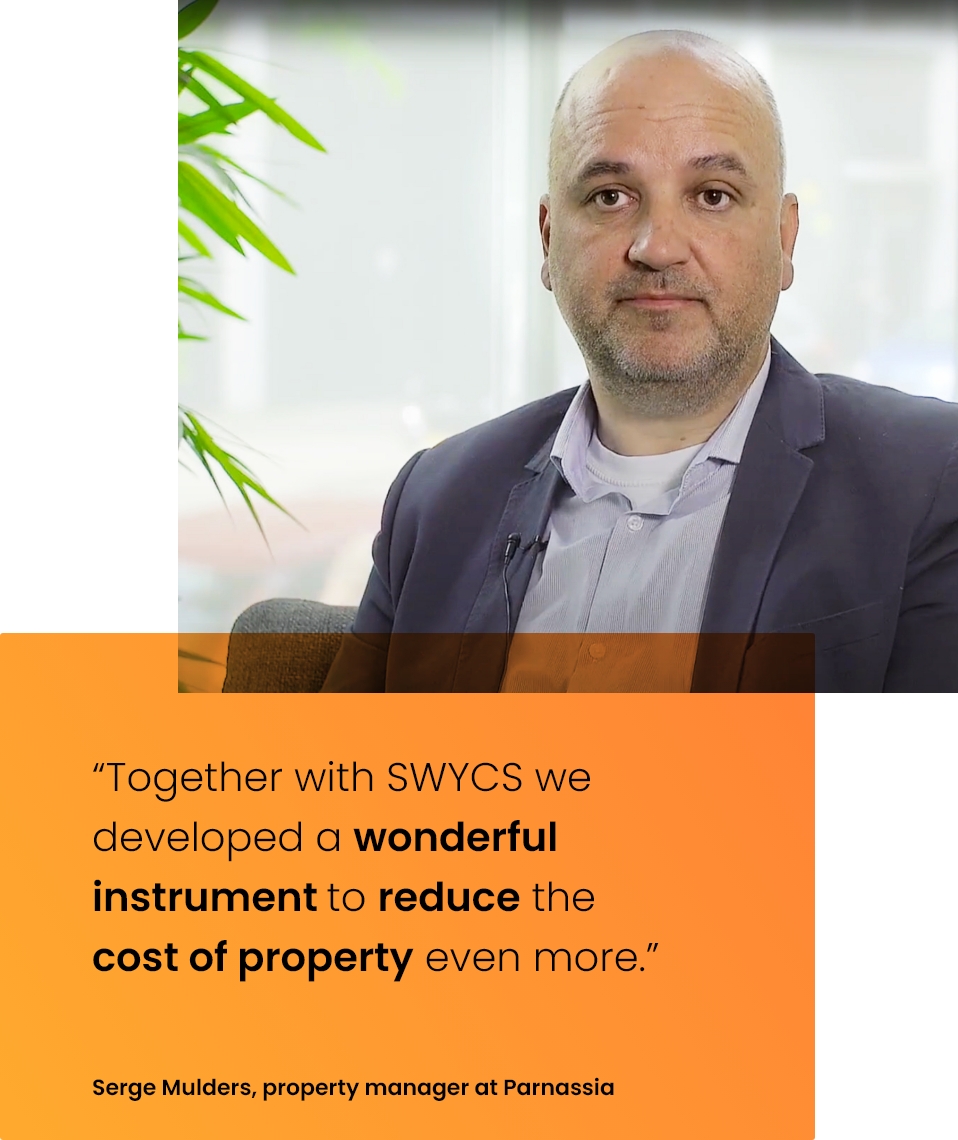
All sorts of buildings can be made smart such as: offices, museums, universities, hospitals and other establishments. It is also easy to connect buildings to one another, this way there will always be a full picture.
Want to know what’s possible?
Directly make an appointment with us!
We would love to come visit!








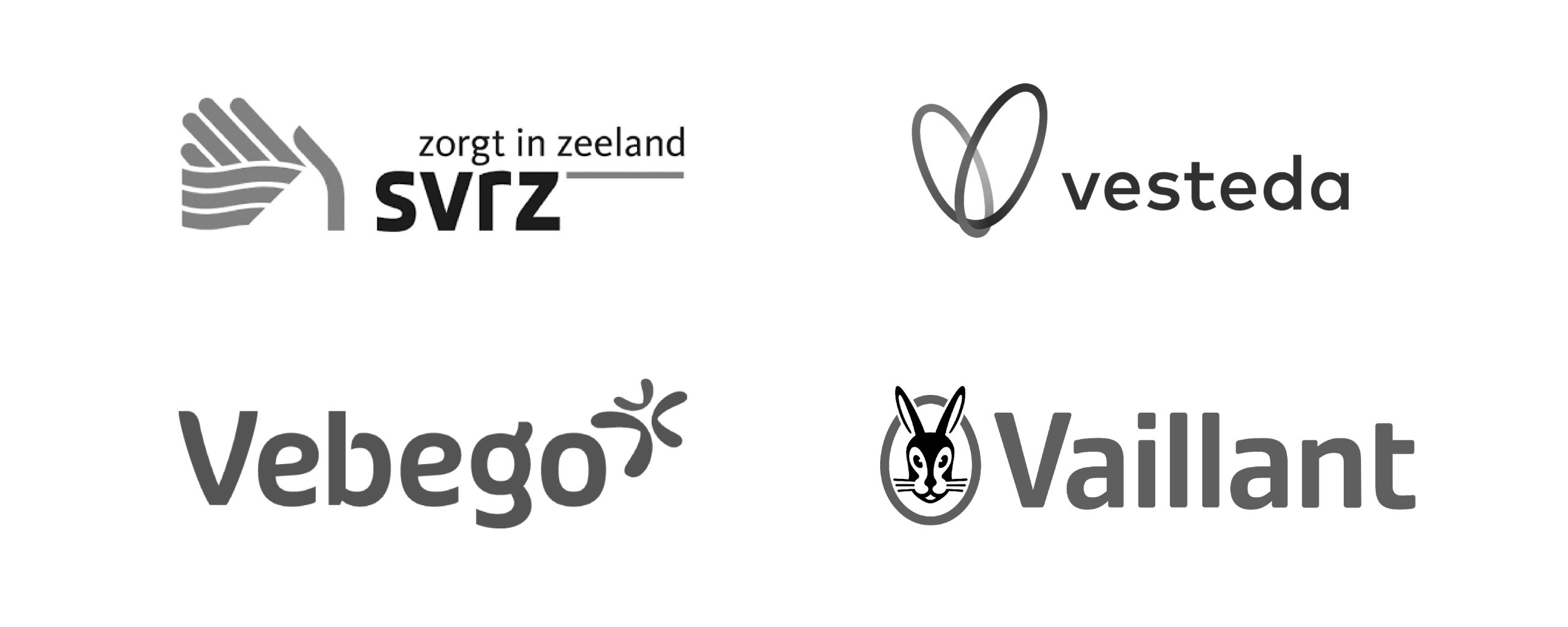
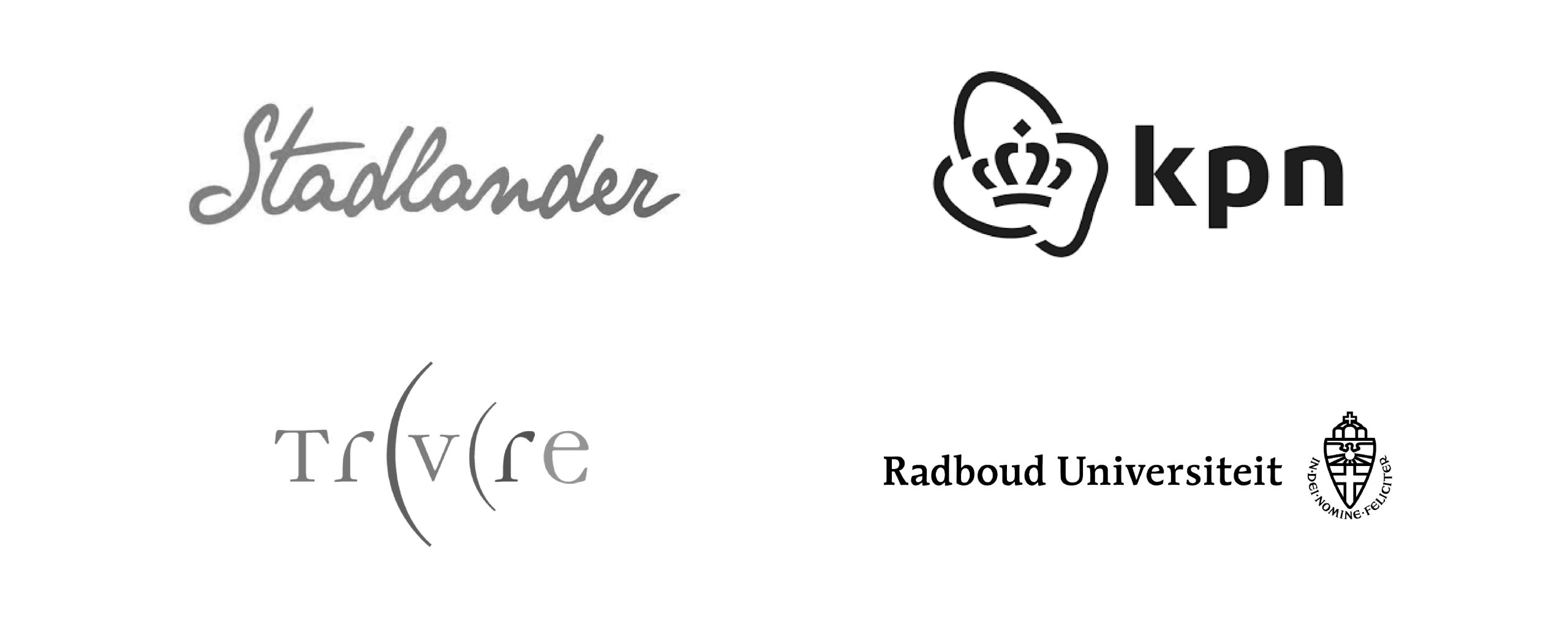
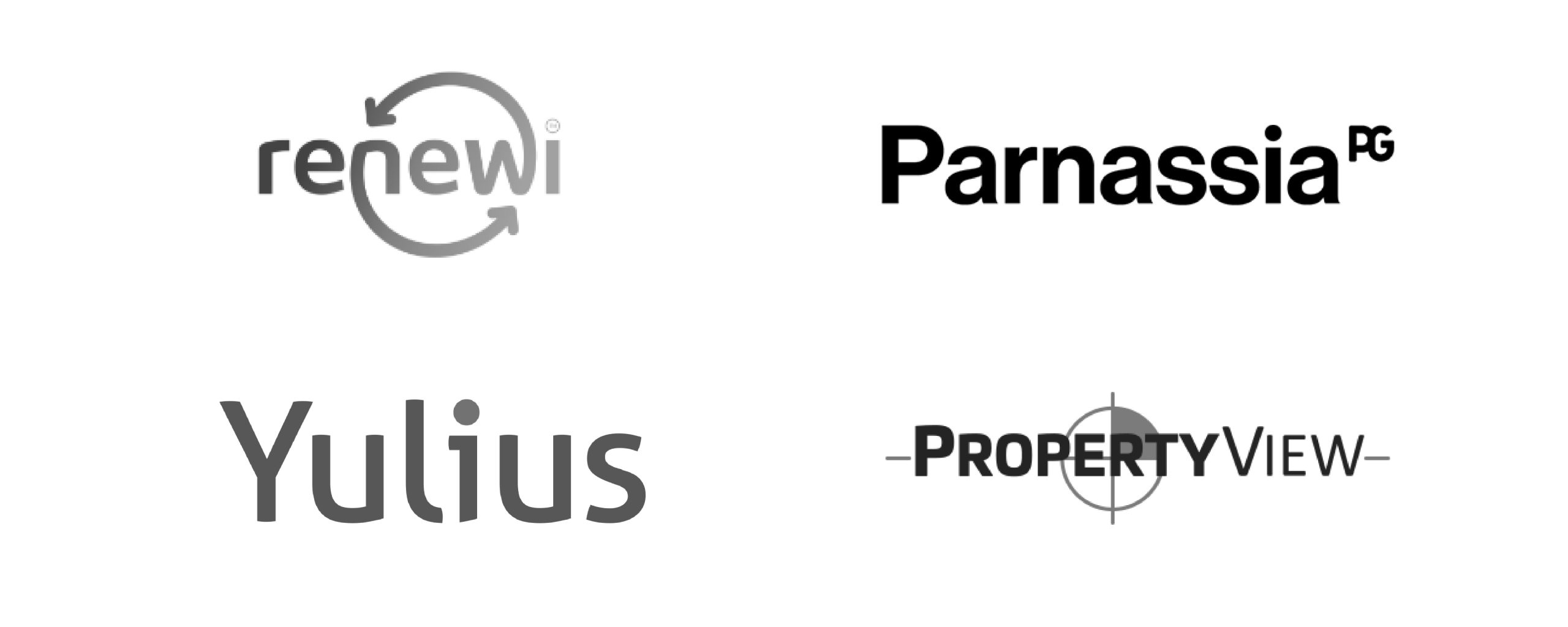
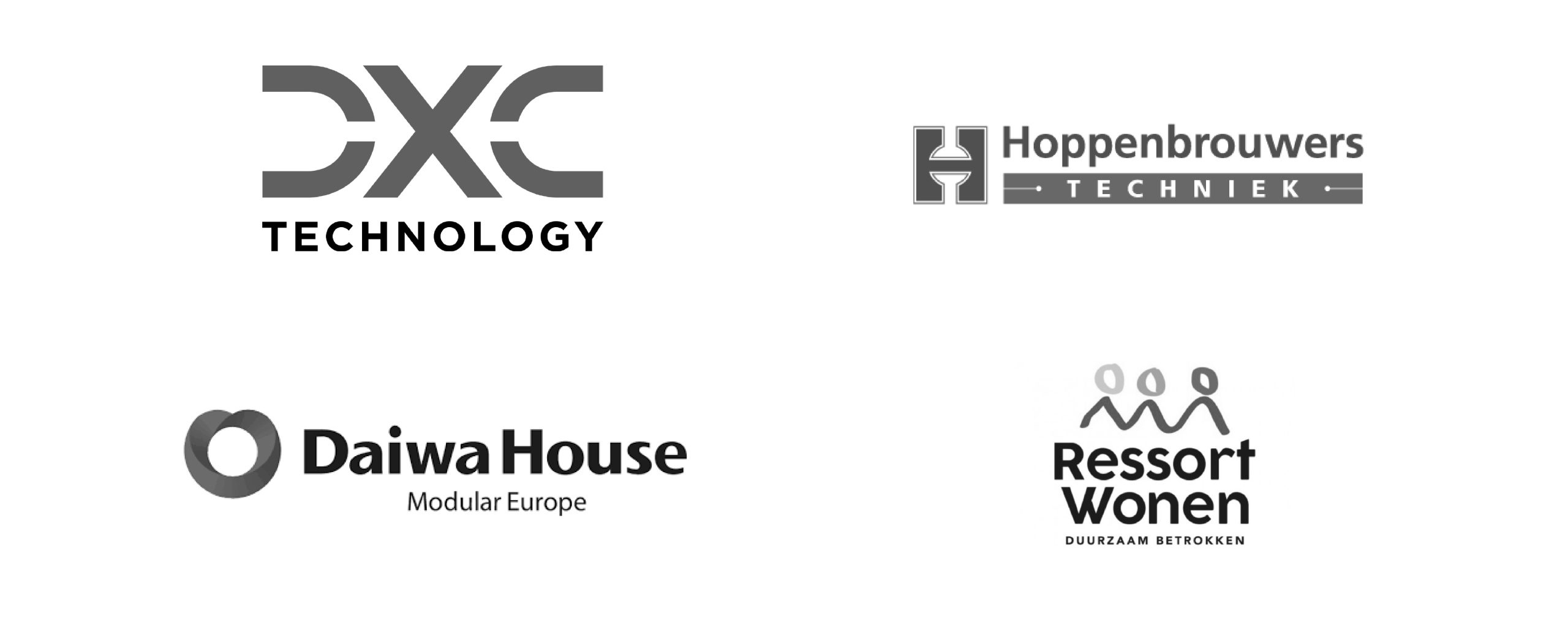
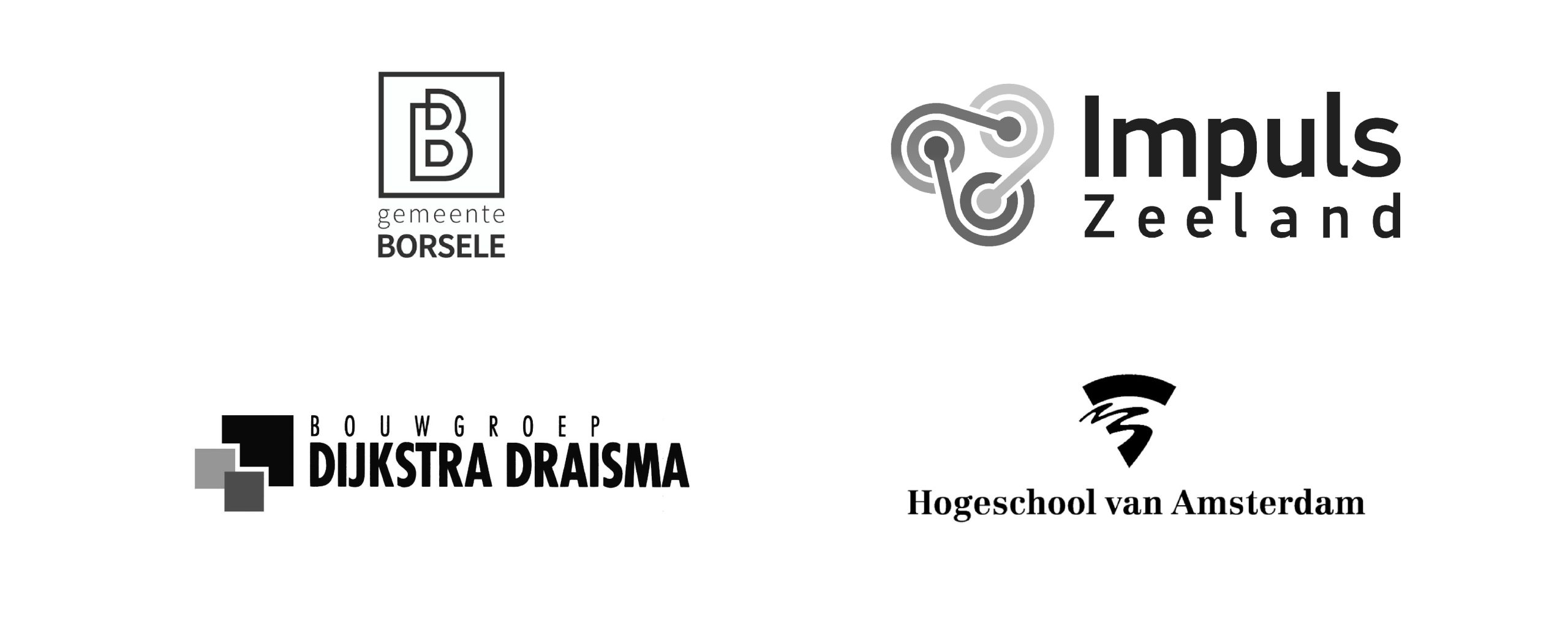
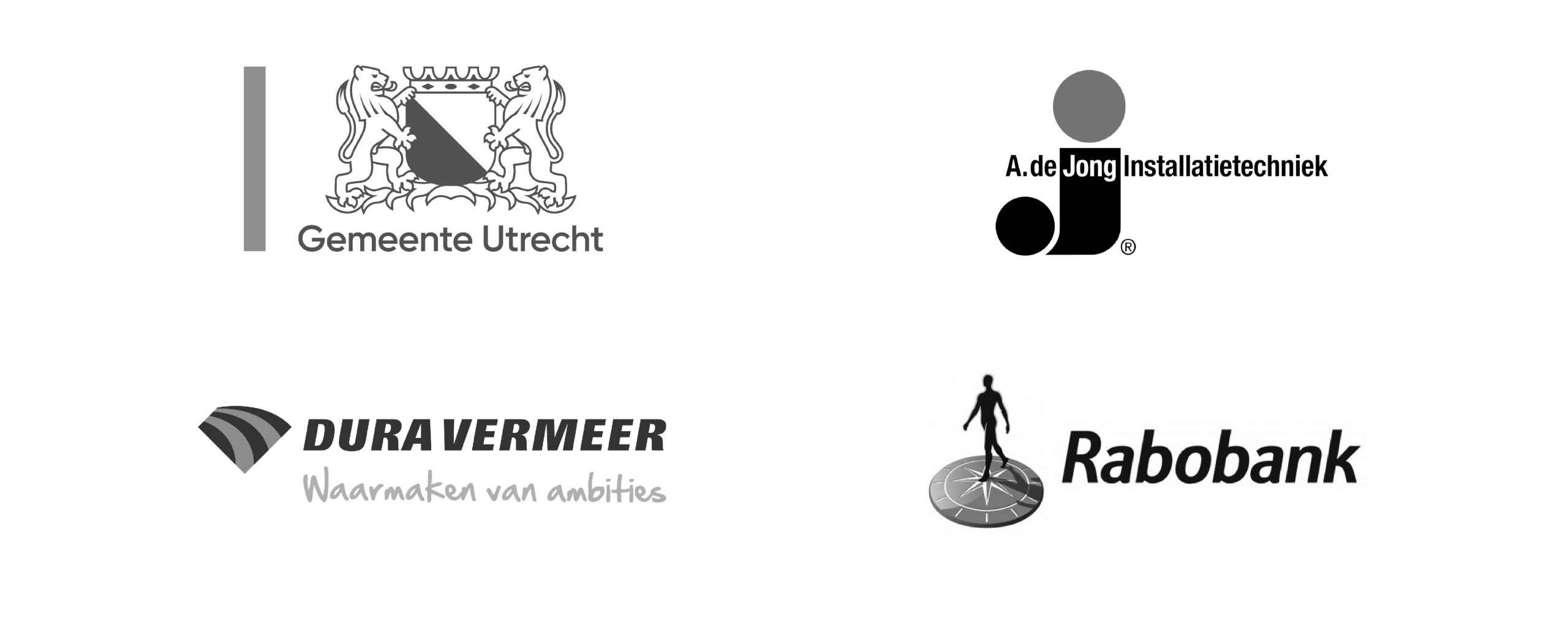
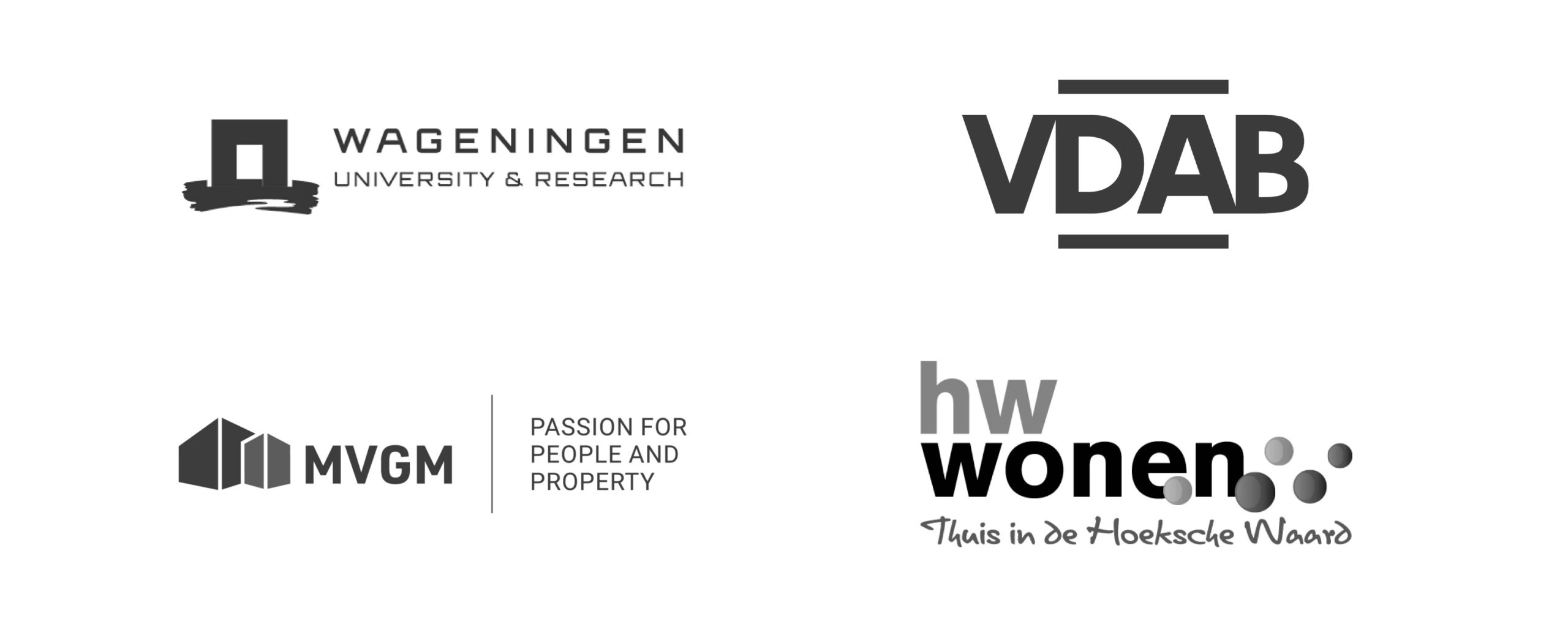
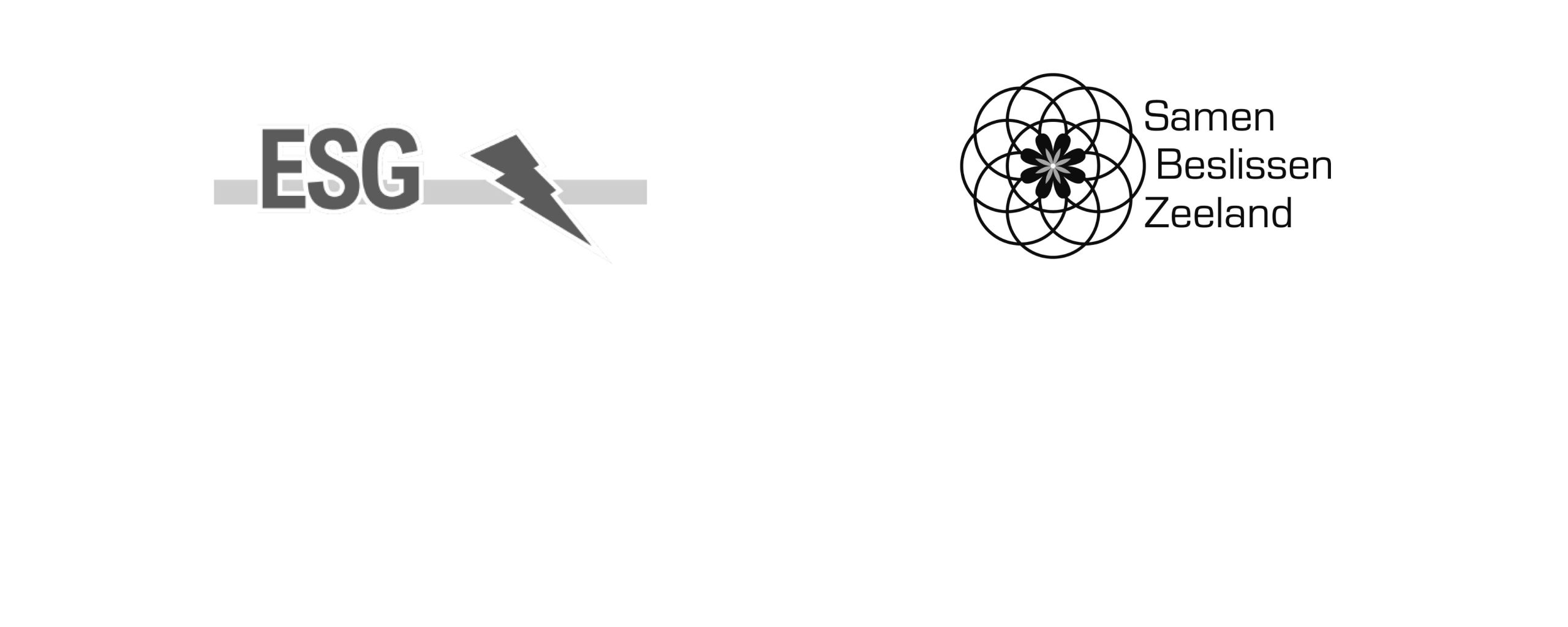
complained about a lack of space,
but in reality more than enough
study and workspaces existed.
working together to realize monitoring
and reports for zero-energy homes.
responsibly with dementia?
That was the question
Samen Beslissen Zeeland had.
University complained about a
lack of space, but in reality more
than enough study and
workspaces existed.
are working together to realize
monitoring and reports for
zero-energy homes.
responsibly with dementia?
That was the question Samen
Beslissen Zeeland had.
News
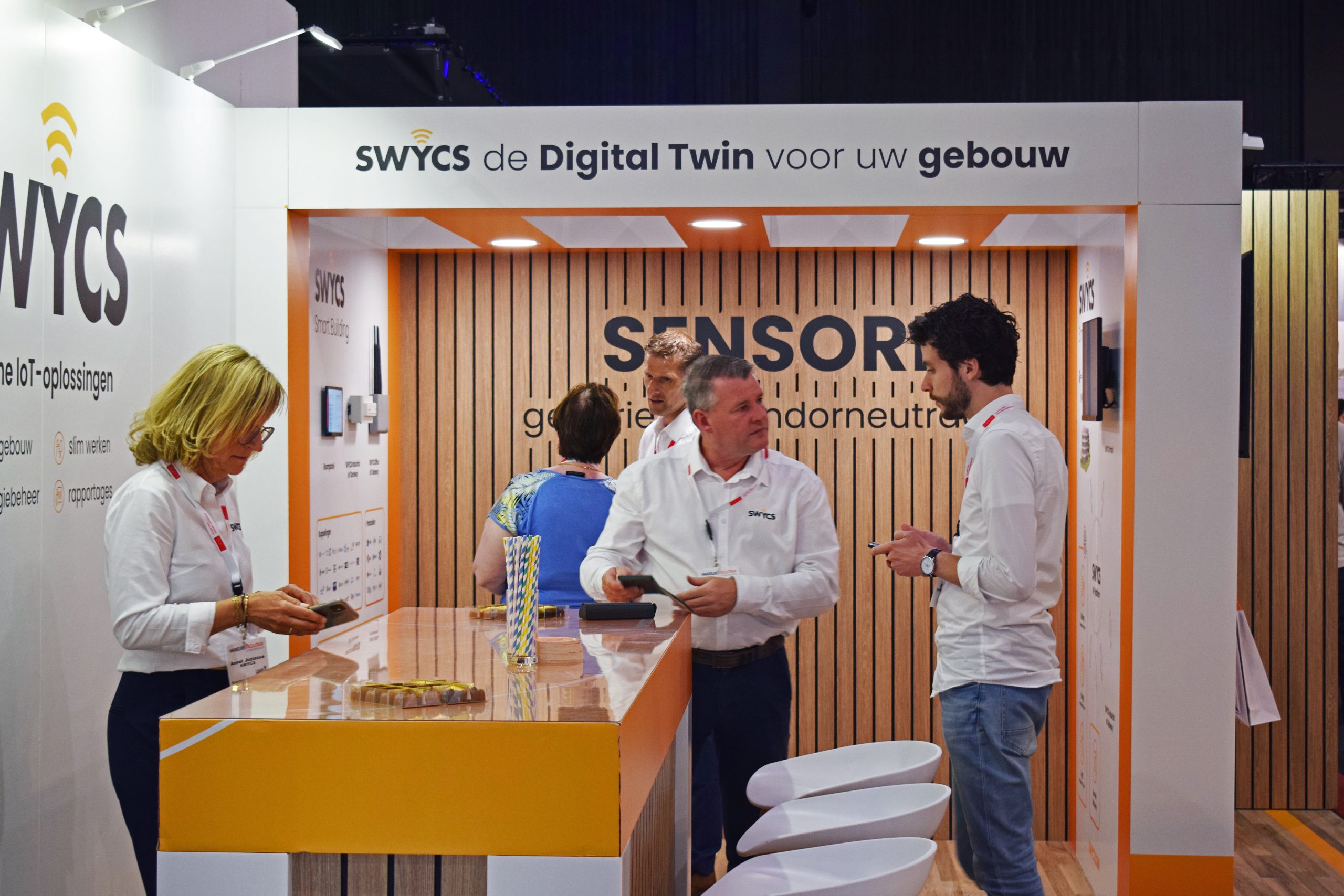
The Facility & Building Management trade fair 2025 is over!
We look back on an inspiring edition full of pleasant conversations, new
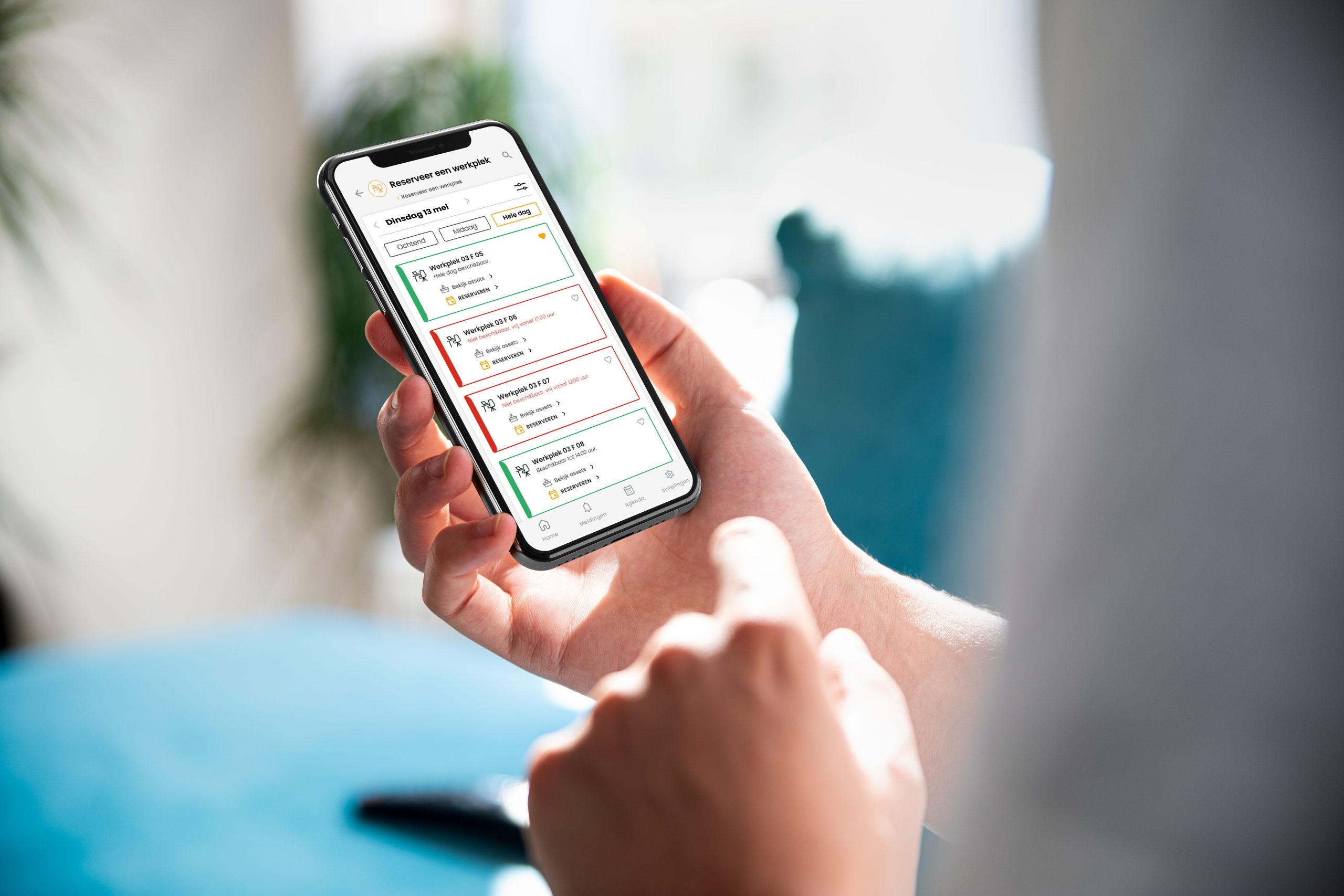
Discover the upgraded SWYCS reservation module!
At SWYCS, we never stand still, and our reservation module has received
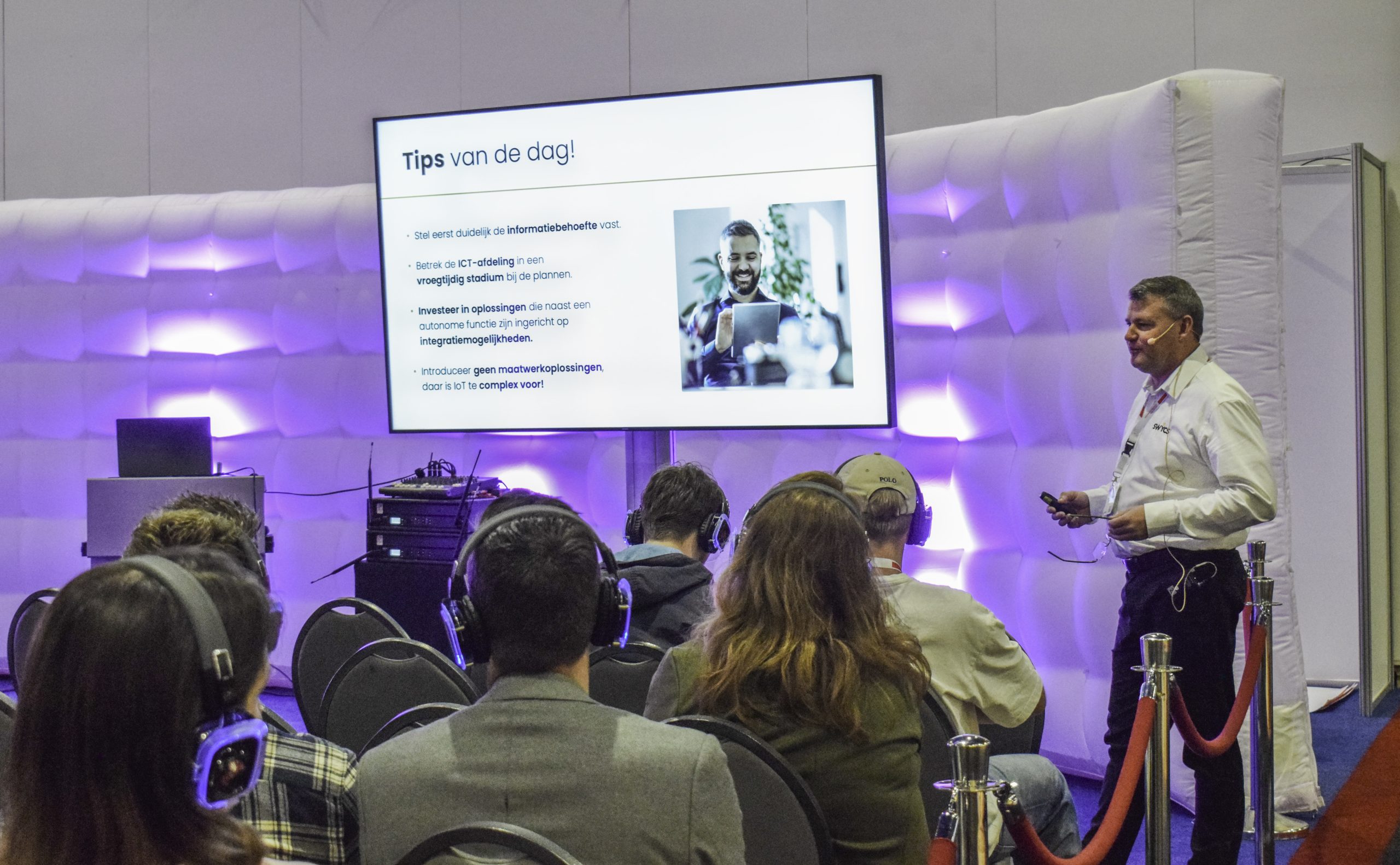
Internet of Things gives you energy!
SWYCS will be attending the Facility & Building Management Trade Fair on

